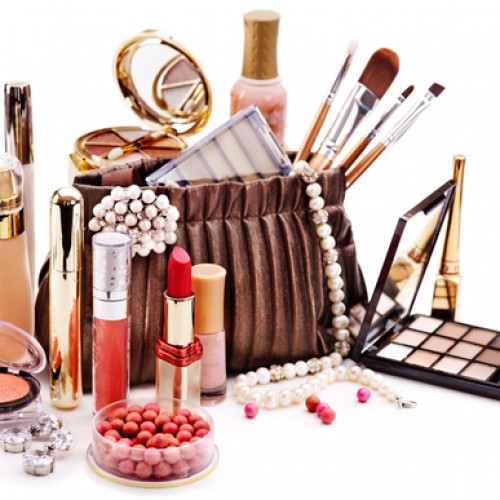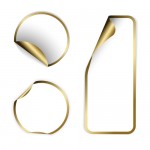There is no doubt at all that the cosmetic industry is huge globally. New cosmetic products emerge almost every month. With each product come strangely designed labels in a bid to impress consumers. But like you are about to find out, the cosmetic industry is strange in so many ways especially when it comes to labeling. Long gone are days when consumers decided what was good for their skin just by looking at the model on a label. Today’s consumer is informed. He or she looks for a lot more than a nice looking label. So what exactly changed? What does the future hold for the industry? Read on to find out.
Skin Tones
Forget about promising words that seem to suggest a product can work in a day or two. Today’s consumer already knows this a bait long used by manufacturers to lure clueless shoppers shopping on impulse or looking for quick fix solution to a skin woe. The first thing consumers look out for today is whether or not a product is right for their skin tone. Anything short of that means the consumer will be on the lookout for the next product. All these explain why all cosmetic products today feature labels with clear words on the kind of skin tone a cosmetic product is good for.
Complexion
Often confused with skin tone, complexion as afar as the human skin is concerned takes into account factors such as race. To that extent, what is good for one complexion is hardly ever good for another. Cosmetic manufacturers know this too well. That’s why nearly all cosmetic giants today have models from all races on their range of products. A cosmetic product sold in a predominantly white continent will most likely feature a white model. The same can be said of a product sold in Africa and Asia. The products will feature African and Asian models respectively. While this may sound obvious, manufacturers know that it is not all about complexion. Complexion and even skin tone feature deep dermatological issues that call for research to find out what works best for different complexions.
Ingredients
What exactly is a product made of? Answer this in a label and you will most likely have a consumer at the palm of your hands. In an age where consumer awareness is at its peak since civilization took off, no one wants to experiment with a product without first knowing what the product is made of. So alongside a model and the brand logo, there is always a list of what a cosmetic product is made of. So vital is this feature that nearly all countries worldwide have it a legal requirement.
Expert Opinion
‘Recommended by dermatologists’ such words alone on a cosmetic product can make it easy for an undecided consumer to choose a product. People tend to believe experts more than laymen. With a cosmetic product recommended by a dermatologist, one can be sure the product will sell with ease. Buyers will simply buy with some peace of mind and assurance that whatever they are buying is not just good for their health but their overall health as well.







